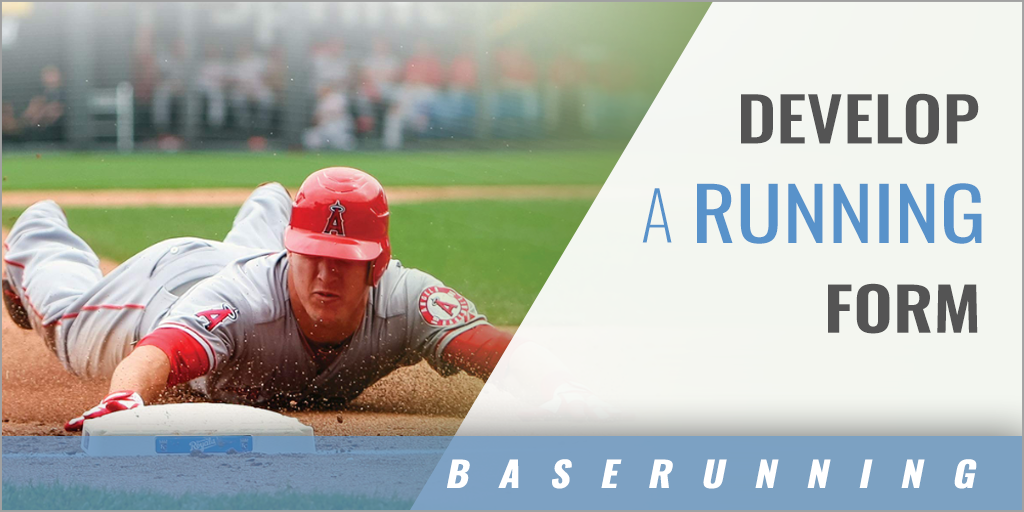|
By: Mike Roberts Originally Published in: Baserunning Provided by: Human Kinetics A baseball player should become a track athlete in a baseball uniform. Improvement in an athlete's running form, regardless of speed, comes from enjoying running, running often, and being willing to work toward detailing the stride to perfection. In part IV, strength and conditioning for baseball are covered in more detail. When I was growing up, I walked, ran, or biked just about everywhere I needed to go. My legs were in motion most of the day, which eventually helped my rhythm when running. Then, when I turned my runs into sprints, I had respectable form and decent speed. I became a better runner because I wanted to use my legs all day whether walking or running. Once again, this involved practice through repetition. Today, many young people are a long way from using their legs all day. They use walking, biking, or running as a last resort if they cannot find a ride with four wheels attached. I would enjoy seeing more baseball athletes embrace running the way soccer players or cross-country runners do. However, this is not the norm for the current baseball world. Baseball players, of all athletes who participate in a sport requiring running, may be the least likely to work on their running form. Young baseball athletes seem to think that because the game requires only short bursts of speed they can somehow get by with minimal practice on their running skills. Some baseball athletes are naturally blessed with respectable running form. But it is certainly a small percentage. Even a player who looks good running from home plate to first base after the ball is put in play does not necessarily run the bases well. Every athlete must practice good starts from a standstill position in an attempt to steal a base and work to improve his routes between bases as he attempts to take an extra base and score. As mentioned, my son Brian has always liked to run the bases and ran reasonably well at a young age. However, he did not like to just go out and run unless it was in a baseball uniform. When he was a teenager I encouraged him to begin to work on and improve his form. Brian grew up near a college campus and knew there was an excellent track program at the university. When he was a junior in high school he stopped by the track office and asked if there was an assistant coach or former track athlete, maybe a graduate student, hanging around who would be willing to work with him. The coaches did recommend a graduate student, Udah Shaw, who had some experience teaching running form and speed work and would work with him. This was definitely one of the best decisions Brian ever made to help his baseball career and to improve his ability to run the bases well. Coach Shaw was patient with the young athlete and taught him how to enjoy practicing running on his own. He gave him excellent fundamental teaching to improve his form and consistency of stride length and eventually helped him with speed work. Are coaches providing all the resources possible for athletes to improve? Do athletes have one-on-one time with coaches if they show great interest? Do they work on running form as athletes do their warm-ups each day? I encourage players to build the following routine to help improve their running form, which eventually should help their quickness and possibly their speed:
|






